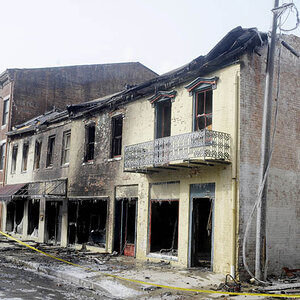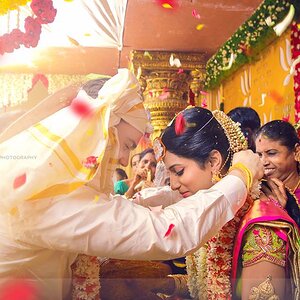PixelRabbit
A naughty little bunny...
- Joined
- Nov 28, 2011
- Messages
- 6,593
- Reaction score
- 3,719
- Location
- Ontario
- Can others edit my Photos
- Photos NOT OK to edit
Hey all, well last night I was up late so I decided to finally try shooting the stars.
This is one of the best shots I got.
I was going more for playing with the technical side of it than the amazing shot so I lined up the greenhouse and old windmill tower and had at it.
Would love C&C on the more technical aspects of this shot to take with me when I go out to shoot them again with a plan. (which will be very soon, this was fun despite the nighttime creatures sneaking up on me!)
Shot Settings:
30 sec. exposure
F4
ISO1600

This is one of the best shots I got.
I was going more for playing with the technical side of it than the amazing shot so I lined up the greenhouse and old windmill tower and had at it.
Would love C&C on the more technical aspects of this shot to take with me when I go out to shoot them again with a plan. (which will be very soon, this was fun despite the nighttime creatures sneaking up on me!)
Shot Settings:
30 sec. exposure
F4
ISO1600





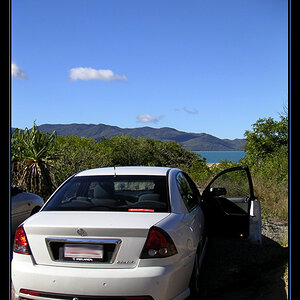
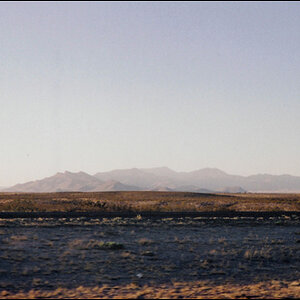
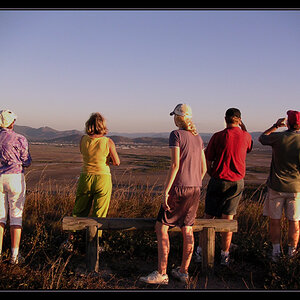
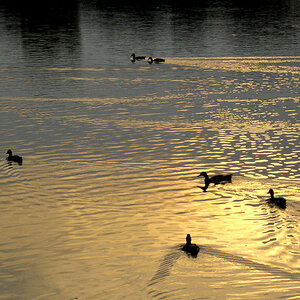
![[No title]](/data/xfmg/thumbnail/37/37603-739c5d9b541a083a12f2f30e45ca2b7b.jpg?1619738147)
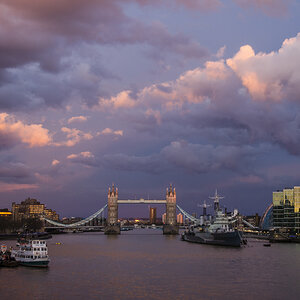
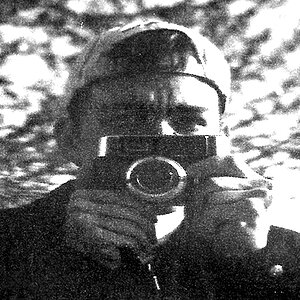
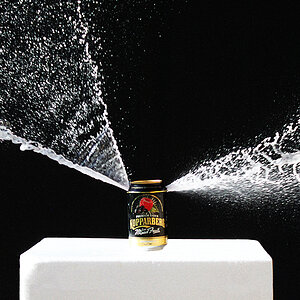
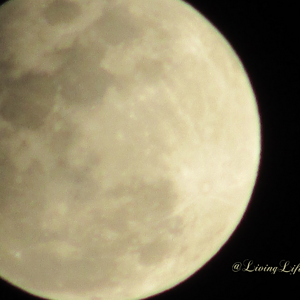
![[No title]](/data/xfmg/thumbnail/37/37604-7ad625e983f92f880eb65a264eeef5e4.jpg?1619738148)
